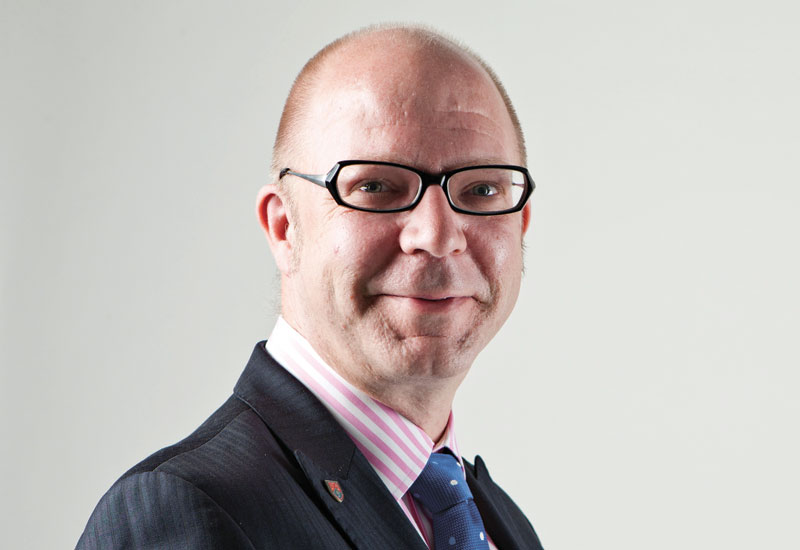Over the past two months, I spoke at a couple of events and the topic of how to plan a successful social media campaign popped up at all of them. Social media campaign planning doesn’t need to be very complicated — provided you’re organised and follow the right steps.
Much like learning to ride a bicycle or mastering the art of yoga, the difficulties with social media campaign planning lie in the beginning. Get the start wrong and you’ll hit a lamppost and fall off your bike before you know it. As every mum and dad knows, the secret is to get right back on the bike, pedal harder, and try again.
Get off to a flying start by getting organised and getting the fundamentals right. The first question has to be “What do I actually want to promote?”
Do you want to push an advance booking offer? Increase table bookings for dinner in one of your restaurants? The “What” determines the “Who” — who are you going to promote your offer to? Don’t just pick the answer to the “What?” question based on what you want, though. You may think that your latest F&B promotion or “Book 2, Stay 3” offer is the height of desirability, but does your (potential) guest share your sentiment? Use social intelligence to find out what’s worth promoting and what isn’t — in other words, see how many views content related to the various offers you could promote gets across your social media profiles and on your website and then pick one of the top three most popular offers and start thinking about the “Who”.

| Advertisement |
Not every offer is suitable for every audience and promoting an offer to the wrong audience, even if you’re getting everything else right, will result in the bike meeting the lamppost. Put yourself in the guests’ shoes and try and figure out what the best target audience for the promotion is.
With the “What” and “Who” out of the way, we can start looking at the “How?” —this usually starts with goals and timelines. It’s okay to say, “I want to promote our airport limousine pick-up service”, but what is your ultimate goal? If you’re currently doing 20 paid limousine pick-ups a week, do you want to increase this to 25? 30? 1,055? You need to know before you kick off. Don’t forget to give the promotion a timeframe, because without deadlines, nothing ever gets done. There are many pubs around the world with signs saying “Free beer tomorrow”. Alas, tomorrow, of course, never comes. Trust me, you need deadlines.
Together, the “What”, “Who”, and “How” determine the selection of your platform(s) to include in the promotion. Once you know what you’re promoting, who you’re looking to target, and how you want the campaign to run, you should be able to select the best platforms to achieve your goals. They key is to start early enough, especially if you’re working with agency partners or other outside sources. Get them involved in the planning process or even let them come up with a number of options.
If you’re running campaigns internally, it’s still important to get all stakeholders aligned and involved as early as possible. Maybe your goal of selling 1,055 limousine pick-ups a week isn’t feasible, because you don’t have enough cars or drivers. I’m exaggerating, of course, but one of the reasons you have revenue managers, front office managers, and so on, is that they’re experts in their fields. It’s worth listening to experts.
Look at the promotion as a journey and track the path your customers are taking online. Is it smooth? Is it clear? Will they know what to do? Don’t neglect to look at your monitoring and tracking tools to make sure you have everything in place before you start your campaign.
Once you’ve pressed the “Go” button, don’t sit idly by! Now is the time to engage you audience, answer questions, thank them for their comments, and generally measure the campaign’s progress, adjust things that don’t work as well as expected, and keep an eye on the overall budget.
As your campaign ends, it’s time for the last question, “Why?” — Why did something work really well? Why did something else tank completely? Spend some time not only figuring out what worked and what didn’t work, but why it worked or didn’t.
The end of your social media campaign is the beginning of your next campaign, but it’s also a chance to “do more” with the results of your campaign that has just ended. Take another look at the data — can it be used for another campaign? Did you gain any potentially useful new fans or followers? If so, get your sales & marketing team to reach out to them socially and integrate such data into your CRM.
Whatever you do: Keep it social!
About the Author: Martin Kubler is the founder of Iconsulthotels and the CEO of sps:affinity. Iconsulthotes is now sps:hotels — a leading hotel management consultancy that provides its clients forward-looking business strategies, keeping them ahead of the market. Email: hello@spsaffinity.com.









 Search our database of more than 2,700 industry companies
Search our database of more than 2,700 industry companies









